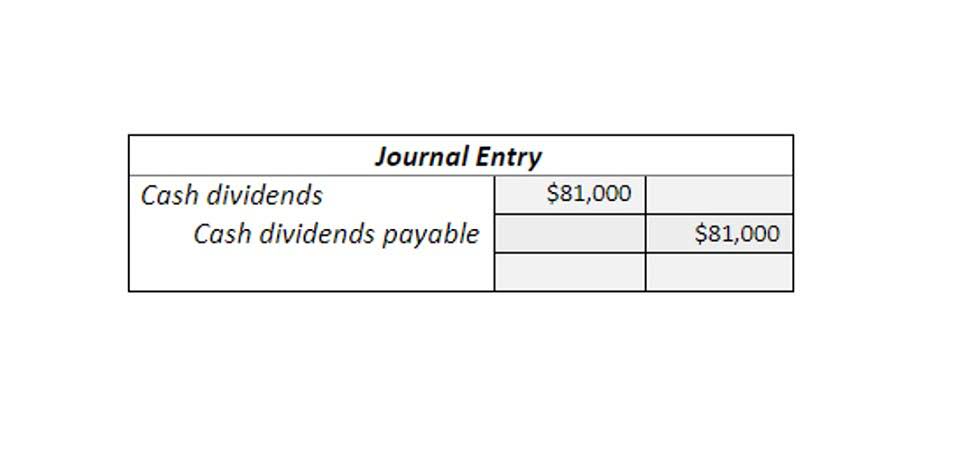6 5 Compare and Contrast Variable and Absorption Costing Principles of Accounting, Volume 2: Managerial Accounting

Because the manufacturer only pays this cost for each unit produced, this is a variable cost. In general, labor is a variable cost because the total expense for labor depends on how many hours employees have worked. For instance, in some months, an employee may work a standard 40 hours per week. Read through the answers to these commonly asked questions related to variable costs.
While variable cost and average variable cost may seem the same, each cost means something completely different. The difference between variable and average variable costs is that the average variable cost represents a comparison of total variable costs to your output. Understanding how variable costs impact margins and net income allows manufacturing companies to optimize profitability. To determine the total variable cost, simply multiply the cost per unit with the number of units produced. By understanding variable costs, businesses can conduct cost-volume-profit analysis, optimize pricing strategies, and allocate resources efficiently. Moreover, understanding how changes in variable costs can impact profitability allows companies to make informed decisions about scaling up or down.
Manufacturing and Production
Variable costs may need to be allocated across goods if they are incurred in batches (i.e. 100 pounds of raw materials are purchased to manufacture 10,000 finished goods). Businesses should spend money to keep producing goods and providing services, but that doesn’t mean that they have no control over which group of costs is the most accurate example of variable cost? where and how that money gets spent. This is especially true for variable costs, which are directly tied to a business’s output. High variable cost businesses primarily focus on increasing their pricing power (think Coach). For each handbag, wallet, etc. that Coach produces, it incurs a variable cost.
- If absorption costing is the method acceptable for financial reporting under GAAP, why would management prefer variable costing?
- The impact of variable costs on the breakeven point depends on the cost structure of the business, alongside its pricing strategy and sales volume.
- Revisiting the Christmas tree example, let’s say the company’s total variable cost for 2023 was also $4.5 million, but the company produced only 80,000 trees that year.
- Variable costs are directly related to the cost of production of goods or services, while fixed costs do not vary with the level of production.
- This can fluctuate based on various factors such as the price of raw materials or changes in labor costs.
Understanding the relationship between operating leverage and variable costs is critical in managerial decision-making. Operating leverage refers to a company’s ability to generate more revenue from an increase in sales without a proportional increase in costs. In other words, it measures the extent to which a company depends on fixed costs rather than variable costs to cover its operating expenses. When combining variable costs with fixed costs, you can calculate your total costs, which can help you determine your company’s profits, which are sales minus your total costs. Marginal cost represents the overall change in the total cost of production when a company increases its production by one unit.
Exercises and Examples for Variable Costs
To maximize each unit of production, Coach has branded its products as a luxury item and charges a premium for each unit of production. High prices, versus high volume at a lower price, is how Coach maximizes profitability. Variable cost examples include direct labor, energy and raw materials costs.
